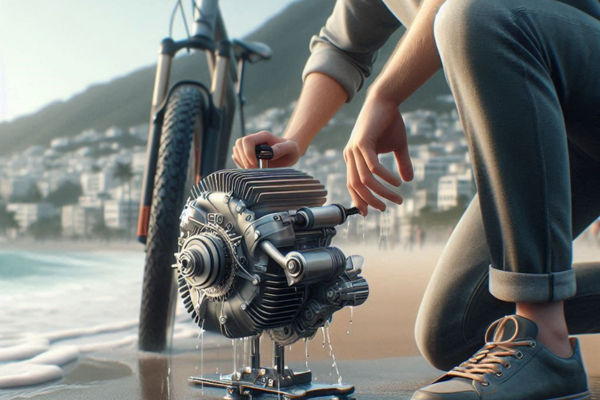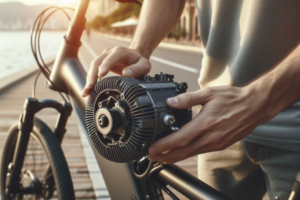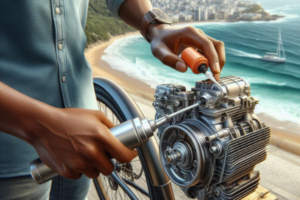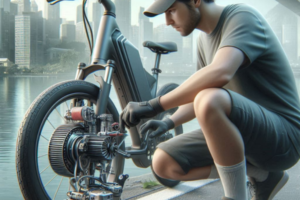🌧️ Why You Need Motor Protection in Humid Climates
Coastal and tropical environments expose electric bicycles to continuous moisture, salt in the air, and temperature fluctuations. These factors create the perfect conditions for corrosion and electrical deterioration, particularly in sensitive areas like the motor.
While some electric bike motors come with built-in sealing, extra protection through coatings significantly extends the motor’s lifespan. Coatings act as a barrier that prevents moisture from reaching internal components, especially in environments where condensation and salty air are constant threats.
Applying the right coating can help maintain energy efficiency, reduce maintenance costs, and offer peace of mind during rides in humid areas. Knowing the different types of coatings available — and how to apply them — is key to protecting your investment.
🧪 Types of Protective Coatings for E-Bike Motors
There are several categories of coatings that can be used to protect e-bike motors. Each has its own strengths depending on how exposed the motor is and how often the bike is used in harsh environments.
| Coating Type | Advantages | Limitations |
|---|---|---|
| Silicone-based Coating | Excellent water resistance, flexible, long-lasting | Requires careful application and full drying time |
| Dielectric Spray | Non-conductive, protects connectors and terminals | Needs reapplication over time, not ideal for external parts |
| Corrosion Inhibitor Wax | Forms a physical barrier, good for metallic surfaces | Can attract dust and grime if not maintained |
| Waterproof Polymer Spray | Quick to apply, repels moisture on plastic and rubber | May not protect against salt air long-term |
Choosing the right coating depends on how often you ride, your climate, and whether your motor is partially or fully exposed.
🛠️ Step-by-Step: How to Apply a Motor Coating
Applying a protective coating correctly ensures it functions as intended. Below is a general guide for safely coating your e-bike motor:
🔧 1. Prepare the Area
Ensure the bicycle is clean and dry. Use a soft brush or cloth to remove dust, salt, or grease from the motor housing and nearby connectors.
🧼 2. Mask Sensitive Components
Use painter’s tape or protective film to cover brakes, tires, and any open electrical terminals not meant to be coated.
🧴 3. Apply the Coating Evenly
Spray or brush the coating evenly over the motor housing. Keep a consistent distance (15–20 cm for sprays) and apply in light layers to avoid drips or build-up.
⏳ 4. Allow for Full Drying
Check the product instructions for curing time. Do not ride or expose the bike to moisture until the coating is fully set.
✔️ 5. Recheck for Coverage
After drying, inspect the motor housing for any gaps or missed areas. Reapply as needed and store the bike in a dry location for best results.
🧰 Tips to Maintain the Coating Over Time
Even the best coatings need occasional upkeep. These tips will help maintain long-lasting protection:
- Reapply seasonally: Refresh the coating every 3–6 months, especially in areas with year-round humidity or heavy salt exposure.
- Clean gently: Wipe the motor with a damp cloth instead of pressure washing. Avoid solvents that could strip the coating.
- Store smart: Keep the e-bike in a ventilated, dry place. Using a breathable cover helps maintain the protective barrier.
Regular checks and timely touch-ups can prevent small cracks or worn spots from exposing the motor to damage. With a good routine, the coating can stay intact for years.
💬 Final Thoughts
Coatings are one of the most cost-effective ways to protect your electric bicycle motor in humid environments. They act as invisible armor, shielding vital components from moisture, salt, and corrosion. By understanding the types of coatings available and how to apply them properly, you ensure your motor stays efficient and reliable for the long haul.
Do you use any protective strategies on your e-bike? Share your tips or questions in the comments — your input can help other riders stay ahead of the humidity!



